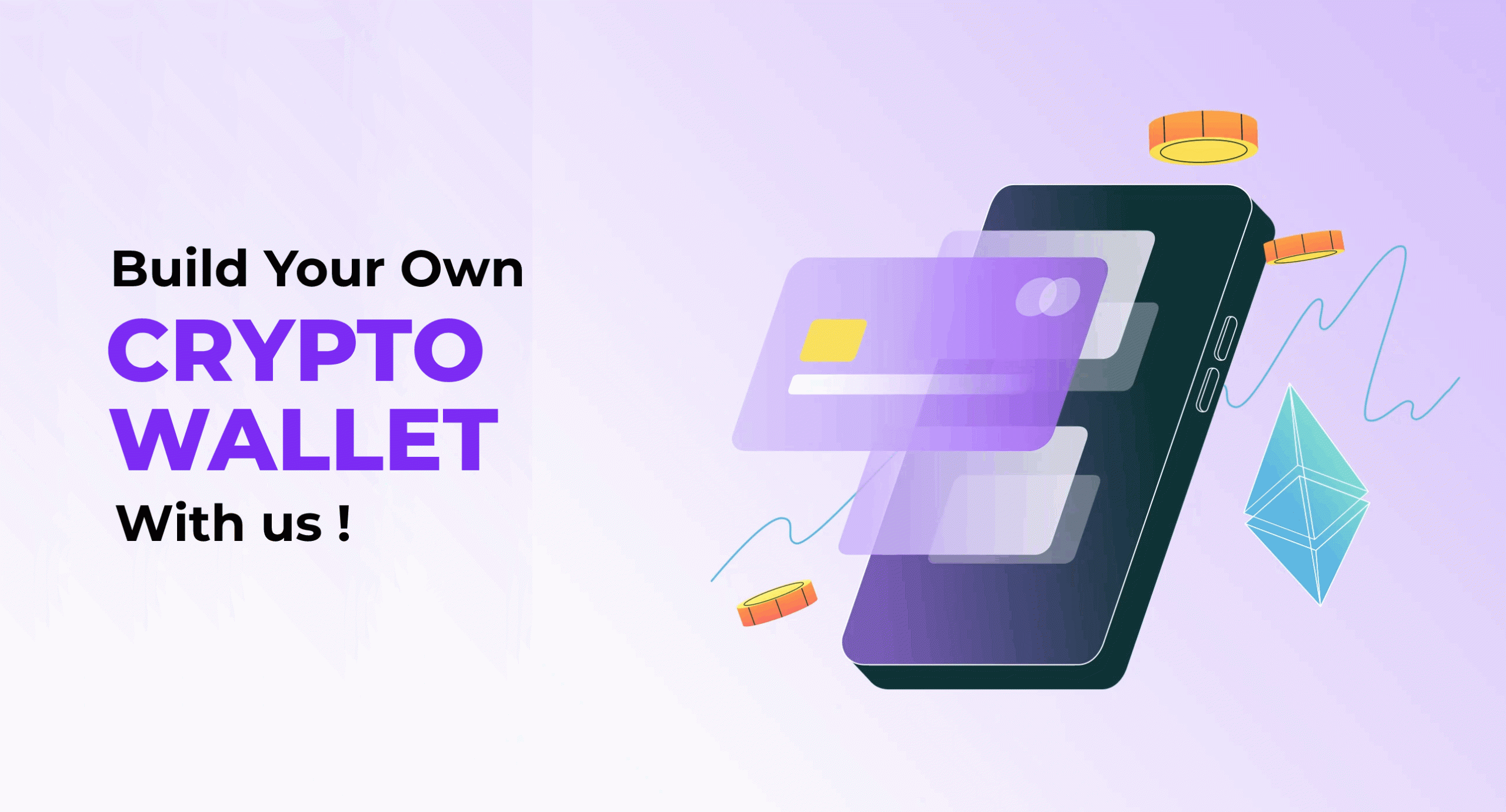Designing a crypto wallet involves several critical steps to ensure it is secure, user-friendly, and capable of supporting various cryptocurrencies. This blog will outline the key steps involved in designing a crypto wallet, from initial planning to deployment.
Introduction to Crypto Wallet Design
Cryptocurrency wallets are digital tools that allow users to store, manage, and transact with their cryptocurrencies securely. Whether it’s Bitcoin, Ethereum, or any other digital asset, the design of a crypto wallet plays a crucial role in its functionality, security, and user experience.
Step 1: Define the Purpose and Target Audience
The first step in designing a crypto wallet is to clearly define its purpose and identify the target audience. Is the wallet intended for individual users, businesses, or both? Understanding the target audience helps in tailoring the features and user interface to meet their specific needs and preferences.
Step 2: Choose the Type of Wallet
There are several types of crypto wallets, each offering different levels of security and accessibility:
Software Wallets: These are applications that run on desktop or mobile devices.
Hardware Wallets: Physical devices that store private keys offline for enhanced security.
Web Wallets: Accessed via a web browser, often with lower security compared to other types.
Paper Wallets: A form of cold storage where private keys are printed on paper.
The choice of wallet type depends on factors such as security requirements, convenience, and user preferences.
Step 3: Determine Key Features and Functionality
Once the type of wallet is decided, outline the key features and functionalities it will offer. Common features include:
Secure Authentication: Two-factor authentication (2FA) or biometric authentication.
Multi-Currency Support: Ability to store and transact with multiple cryptocurrencies.
Transaction History: A record of all transactions for transparency and auditability.
Backup and Recovery: Options for securely backing up and recovering private keys.
User Interface (UI) and User Experience (UX): Intuitive design to ensure ease of use for both novice and experienced users.
Step 4: Design the User Interface (UI) and User Experience (UX)
Designing the UI/UX is crucial for creating a crypto wallet that is user-friendly and intuitive. Consider the following aspects:
Navigation: Easy navigation between different sections such as balances, transactions, and settings.
Visual Design: Use of colors, icons, and typography to create a visually appealing and cohesive design.
Security Alerts: Clear notifications for transactions, security updates, and account activities.
Feedback Mechanisms: Provide feedback for user actions to enhance usability and reduce errors.
Step 5: Implement Security Measures
Security is paramount in crypto wallet design to protect users’ funds and sensitive information. Implement robust security measures such as:
Encryption: Encrypt sensitive data such as private keys to prevent unauthorized access.
Secure APIs: Use secure APIs for communication with blockchain networks and external services.
Regular Audits: Conduct security audits and penetration testing to identify and fix vulnerabilities.
Backup and Recovery: Provide secure methods for backing up and recovering wallets, such as mnemonic phrases or seed keys.
Step 6: Develop and Test the Wallet
After designing the wallet, the development phase begins. This involves coding the backend infrastructure, integrating blockchain protocols, and implementing the designed UI/UX. Testing is critical at this stage to ensure the wallet functions correctly and securely under various scenarios:
Unit Testing: Testing individual components of the wallet.
Integration Testing: Testing how different components work together.
Security Testing: Checking for vulnerabilities and ensuring data protection measures are effective.
User Acceptance Testing (UAT): Involving actual users to gather feedback on usability and identify any issues.
Step 7: Deploy and Launch
Once development and testing are complete, prepare for deployment and launch. This involves:
Server Setup: Deploying the wallet infrastructure on secure servers or cloud platforms.
App Store Submission (for mobile wallets): Submitting the wallet to app stores for approval and distribution.
Marketing and Promotion: Promoting the wallet through various channels to attract users and build a user base.
User Support: Providing ongoing customer support and addressing user queries or issues post-launch.
Conclusion
Designing a crypto wallet requires careful planning, attention to detail, and a focus on both security and usability. By following these steps—from defining the purpose and audience to deploying and launching the wallet—developers can create a reliable and user-friendly tool for managing cryptocurrencies. As the cryptocurrency landscape evolves, continuous updates and improvements to the wallet design will be essential to adapt to changing user needs and technological advancements.





MEGA снова работает!!!
Подробнее https://telegra.ph/Pochemu-imenno-ehtot-fajloobmennik-vybirayut-polzovateli-po-vsemu-miru-09-01
#megaweb3 #M3GA-AT #M3GA-GL
loveshop1300-biz снова работает!!!
Подробнее https://telegra.ph/CHto-delaet-NFT-kollekciyu-loveshop1300-biz-liderom-na-rynke-cifrovogo-iskusstva-10-11
Подробнее | Подробнее
#loveshop1300-biz # shop1-biz #
Megaweb8-at снова работает!!!
Подробнее https://teletype.in/@ravet/NxX75dCBQfk
#megaweb3 #M3GA-AT #M3GA-GL
Megaweb5-at снова работает!!!
Подробнее https://teletype.in/@ravet/2K9zjqOpfT1
#megaweb3 #M3GA-AT #M3GA-GL